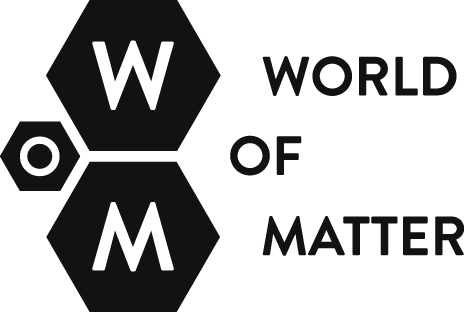Seawater Agriculture I
Artist/Author: Ursula Biemann
Egypt’s topography is changing. Not only in its strategic expansion of arable land but also in deeper layers underground. Extended irrigation draws heavily on the subterranean aquifers, causing the Nile Delta to sink at the rate of a centimeter a year. Rising sea levels will predictably aggravate this hazardous development. One of the more futuristic land reclamation ventures, still in its planning phase, is pioneering integrated seawater agriculture. New Nile Co manufactures fertile seawater landscapes near desert coasts for salt harvesting, fish and seafood aquacultures, and algea plantations for cattle feed and biofuel. Set up in El Gouna on the Red Sea, the project is masterminded by atmospheric physicist Carl Hodges. His trailblazing research integrates surface dynamics and their interaction with vegetation cycles. Besides versatile food production from halophytes (salt tolerant plants), the project proactively builds up biomass with fast growing mangroves to compensate for dwindling ground. For centuries, intense agriculture has drained valuable nutrients into canals down the rivers and into the Seas. The Integrated Saltwater Agricultural System proposed by Hodges reverses this process by redirecting nutrients from the sea back into the soil. The project reintroduces sustainable cycles for recovery of water, energy, and materials. Considering the dwindling of world phosphate reserves, which has turbo-powered agricultural productivity in the last decades, building fertile soil will be a hot topic in questions of how to feed a growing world population in the future. Before getting tamed by engineers, the Nile was more generous and democratic. With every high flood, it evenly spread its fertilizing mud over the entire Nile Valley. With the imposition of hydraulic structures, fertilizers became chemical and infused market dynamics through the political mechanisms of agricultural subsidies. In short, the natural event became a matter of the social sphere. It is these pivotal sites where natural and social processes intertwine, that are of interest to my current considerations.


